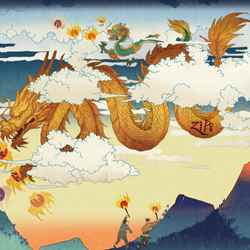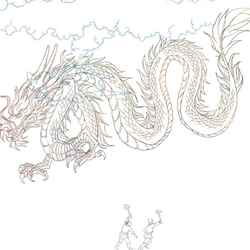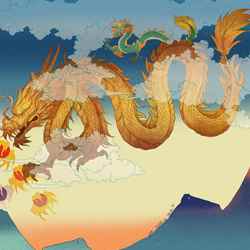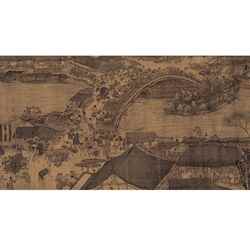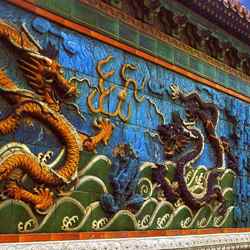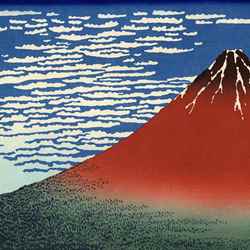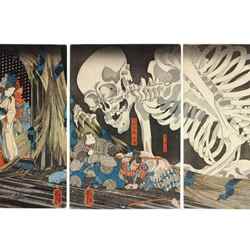A tale of dragons and fire
Under the covers
The next in our series on journal cover artwork is a special one in time for Chinese New Year. Author Andy Lau, of Shantou University Medical College, and artist Junyi Zhang, talk to us about zinc, cadmium, and Chinese dragons.
Andy: The zinc ion, Zn2+, is essential for life, but having too much or too little of it in the body can cause a range of diseases. On the other hand, the cadmium ion, Cd2+, a toxic heavy metal, is becoming more prevalent in our daily lives due to various industrial processes, and it’s important to monitor its effect.
ZIP8 is a type of protein that imports zinc under physiological conditions, and ZIP8 gene polymorphism has been associated with disorders such as obesity, hypertension, and schizophrenia. Furthermore, because of the similar chemical characteristics of zinc and cadmium, ZIP8 somehow mistakenly incorporates cadmium into the body as well, which could lead to cadmium-mediated toxicity and the promotion of cancer development. Understanding how ZIP8 works is crucial to elucidating how it regulates these metal ions in the body.
There has been a lot of diverse research into ZIP8 over the last few years, so we have written a review to summarise the most recent work. We’ve discussed the structural aspects of ZIP8 and the latest updates on how it regulates metal ion transport, as well as its association with various diseases.
We hope that this review will help researchers in this important field keep up to date with the latest developments.
From the art desk
Junyi: According to ancient Chinese myth, the king of the dragons lived deep in the ocean and was in charge of the rain. In China you often see a dragon, not just on ancient murals but on modern TV shows as well, flying through the clouds and causing the rain to fall. It’s also common to see a dragon breathing fire or playing with fireballs (which, interestingly, is common in western tradition as well).
After I read the paper, I started to think about the concept of ZIP8 portrayed as a dragon, chasing and picking up the fireballs – that is, zinc and other metal ions – and breathing the fireballs towards earth, just like the process of active metal ion transport. The two figures carrying fireballs represent the transcription factors MTF1 and NF-kappaB.
In designing the image, I was inspired by the famous murals from the Forbidden City, and another famous ancient drawing entitled Song Dynasty: Riverside scene at Qingming Festival (see below).
I’m also a huge fan of Japanese Ukiyo-e (a 17–19th century genre of art), and I studied some of the Ukiyo-e masterpieces in order to apply this art style in my drawing. I hope that the final illustration evokes a mystic feeling, blended with the sense of wonder and awe that we often experienced as children.
The paper was first published in the Royal Society of Chemistry’s journal Toxicology Research in February 2016.
Read the paper: Molecular and pathophysiological aspects of metal ion uptake by the zinc transporter ZIP8 (SLC39A8)
Press office
- Tel:
- +44 (0) 20 7440 3351
- Email:
- Send us an email

